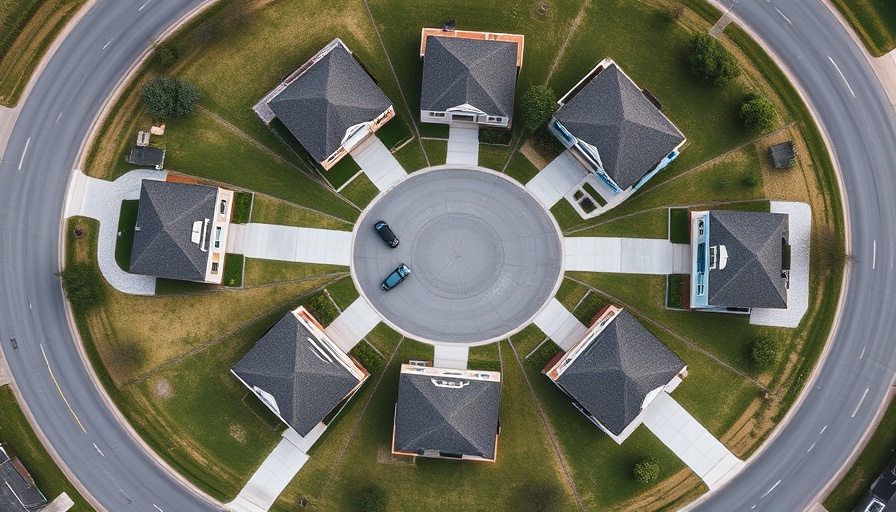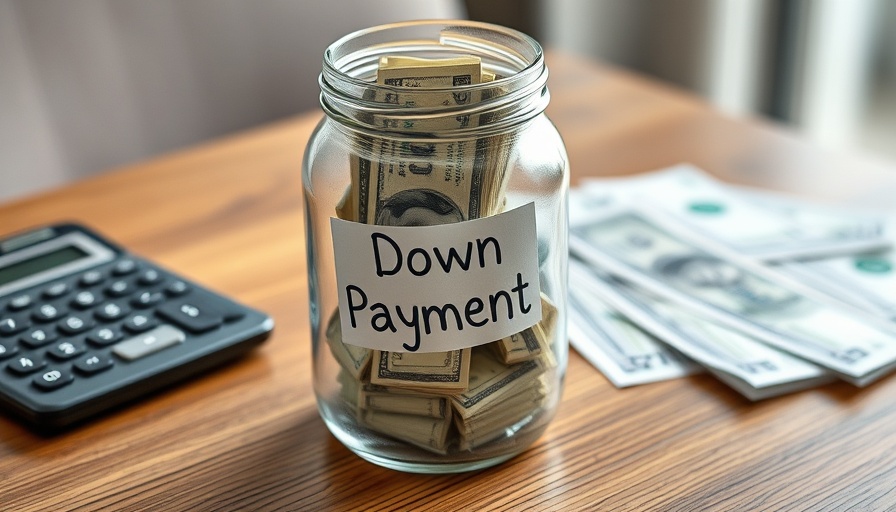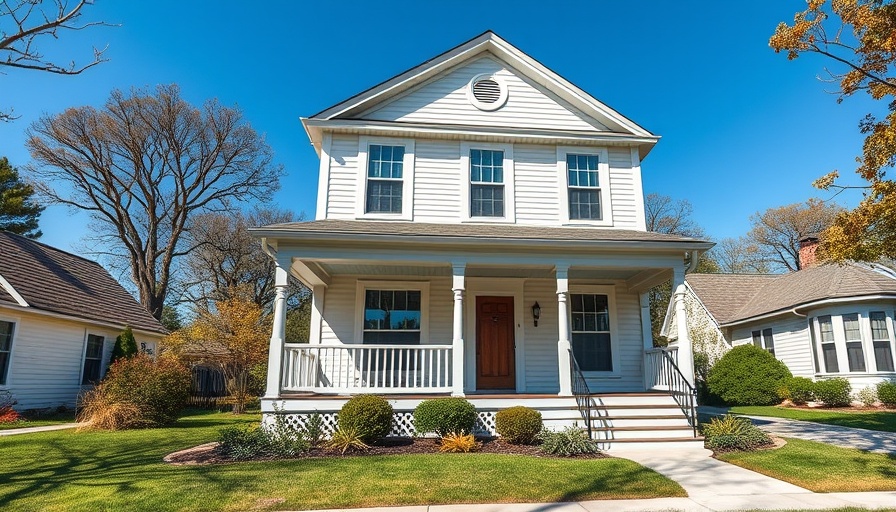
The Rise of Multi-Generational Living: A Modern Solution
In today's world, the concept of a family compound is becoming increasingly popular. With about one in five Americans now living in multi-generational households, this trend reflects not just economic practicality but a deeper, inherent value placed on family bonds.
What Is a Family Compound?
A family compound is a unique living arrangement where multiple generations of a family reside on shared land but in their own dwellings. This setup can take various forms—ranging from multiple homes on a single lot to a main residence with accessory dwelling units (ADUs). The beauty of a family compound lies in its blend of shared resources and individual privacy, fostering both independence and connectivity.
Designing a Sustainable Family Compound
Successful family compounds must combine thoughtful design with functionality. Smart home technologies and adaptable layouts are key features that make these spaces work. For instance, designs can include private wings for each family member alongside shared spaces like courtyards and dining pavilions that facilitate bonding. By incorporating elements such as soundproofing and flexible guest suites, these compounds can cater to evolving family needs.
The Benefits of Family Compounds
Beyond mere cost savings, living in a family compound offers emotional rewards. The proximity promotes mutual care, making it easier for family members to support each other. By nurturing close relationships, families can create a lasting legacy that spans generations. Imagine the shared laughter in a communal courtyard or cozy family gatherings, strengthening those bonds even further.
Conclusion: Why Build a Family Compound?
If you're considering ways to optimize your living space while enhancing family connections, building a family compound might be the perfect solution. This approach can be both fulfilling and practical as families navigate the complexities of modern life together.
 Add Row
Add Row  Add
Add 




Write A Comment